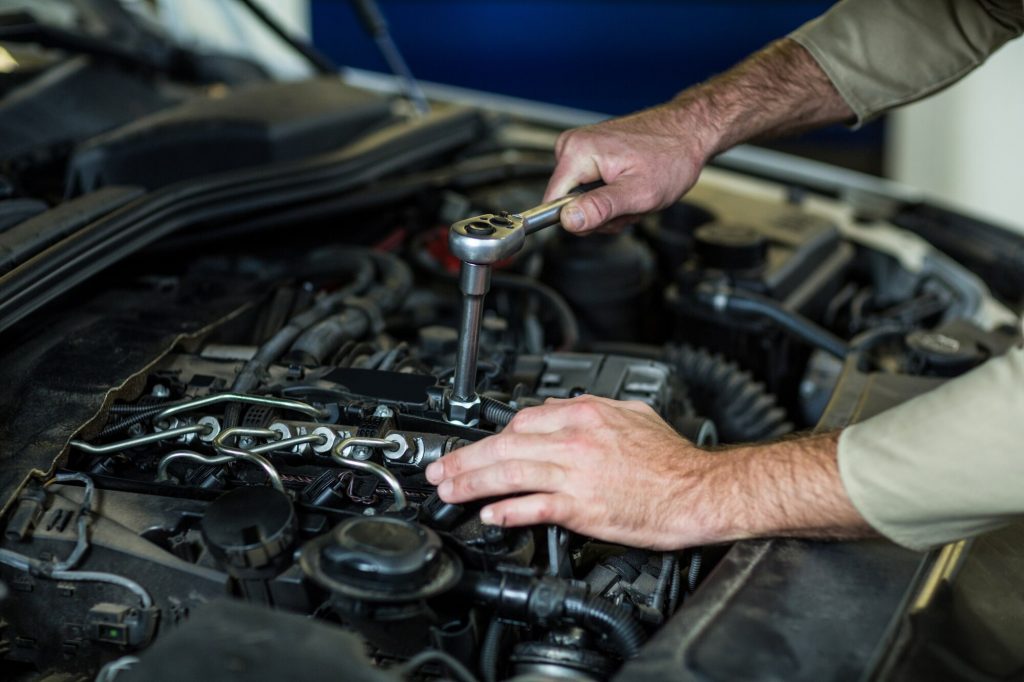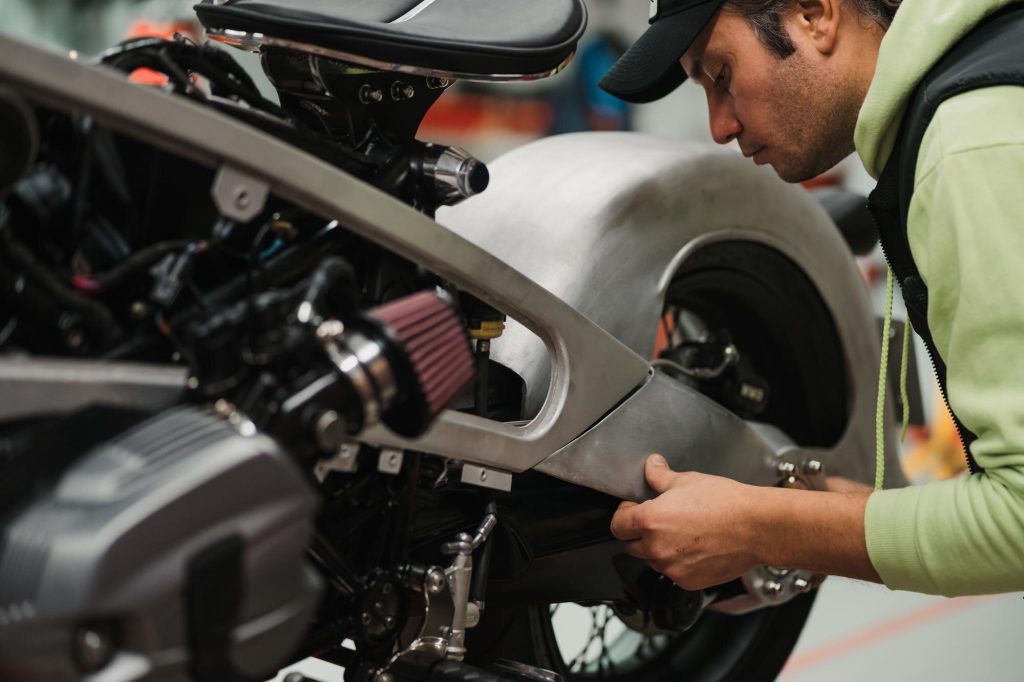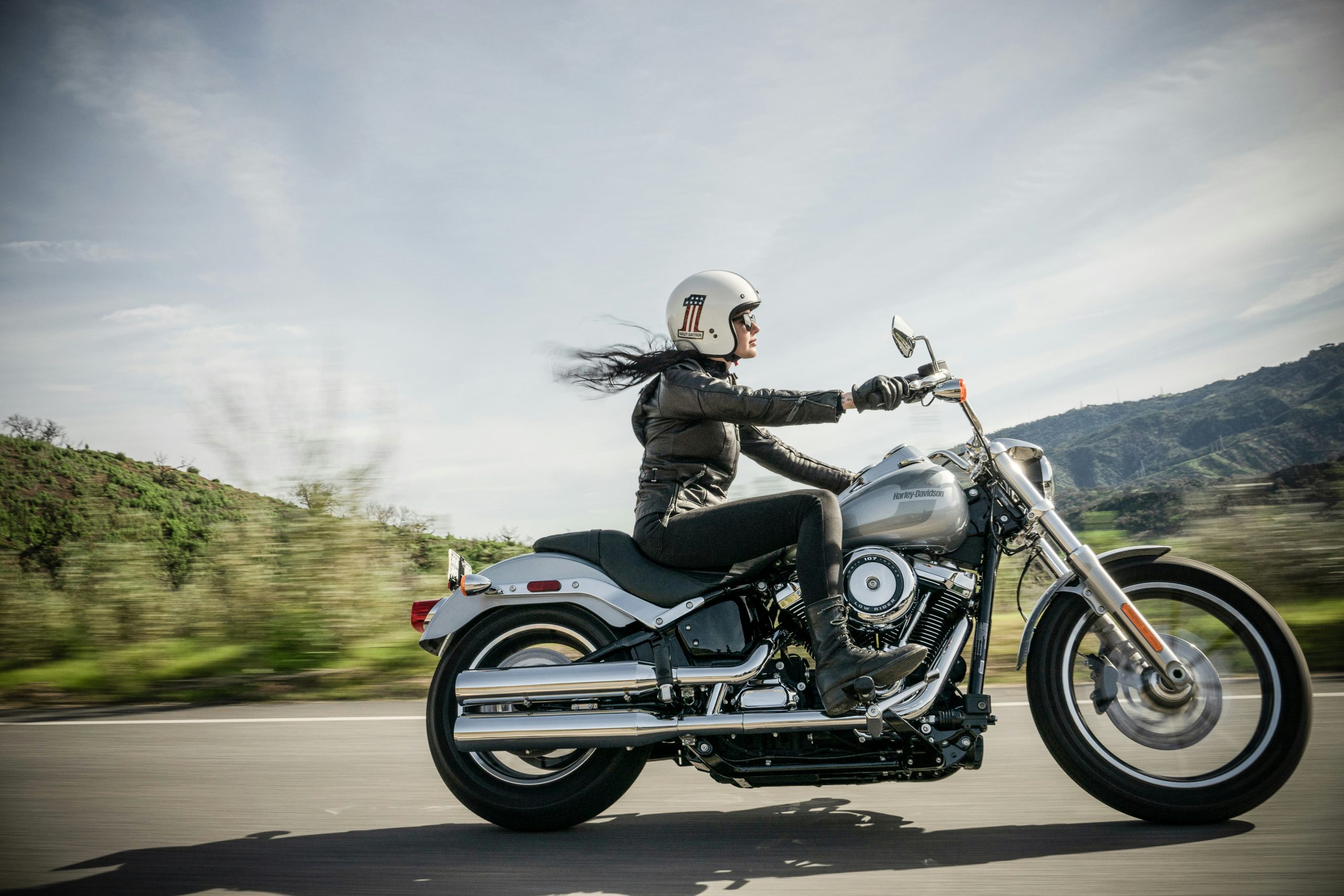When it comes to vehicle maintenance, batteries are a crucial component. Whether it’s a car or a motorcycle, a dead battery can leave you stranded. But what happens if you need a quick fix? Can you put a motorcycle battery in a car or use a car battery in a motorcycle? Let’s dive into the specifics and see if these substitutions are feasible. Understanding the nuances between the two can save you time, money, and potential headaches down the road.

Understanding Battery Basics
Before we get into the nitty-gritty, it’s essential to understand the basics of vehicle batteries. Both car and motorcycle batteries serve the same fundamental purpose: to provide the electrical energy required to start the engine and power electrical components. However, their designs and specifications are tailored to the needs of their respective vehicles. For instance, the power demands and physical dimensions vary significantly between the two, which makes them specialized for their applications.
Types of Car Batteries
Car batteries come in various types, each designed for different needs and vehicle specifications. The most common types are:
- Lead-Acid Batteries: The traditional car battery, known for its reliability and cost-effectiveness. These batteries have been around for decades and are suitable for most conventional vehicles.
- AGM (Absorbent Glass Mat) Batteries: These are more advanced and offer better performance and longevity. They are maintenance-free, have a lower self-discharge rate, and are more resistant to vibrations.
- Lithium-Ion Batteries: Lightweight and efficient, these are often found in high-performance and electric vehicles. They offer superior energy density and have a longer lifespan compared to lead-acid batteries.
Types of Motorcycle Batteries
Motorcycle batteries are also diverse but generally smaller and lighter than car batteries. The main types include:
- Conventional Lead-Acid Batteries: Similar to car batteries but smaller. These are the most common and are usually found in older motorcycle models.
- AGM Batteries: Offer better vibration resistance, making them suitable for motorcycles. They are also spill-proof and have a longer lifespan compared to conventional lead-acid batteries.
- Lithium-Ion Batteries: Lightweight and high-performance, ideal for sports bikes. These batteries are gaining popularity due to their excellent performance and compact size.

Can You Use a Motorcycle Battery in a Car?
In a pinch, you might wonder if you can use a motorcycle battery to start a car. Here’s why that’s generally not a good idea.
Size and Power Differences
Motorcycle batteries are significantly smaller and less powerful than car batteries. A typical car battery provides around 12 volts and 48 amp-hours, whereas a motorcycle battery might only provide 12 volts and 10 amp-hours. This means a motorcycle battery lacks the power to start a car engine, especially in colder conditions where more power is needed. Additionally, the physical size difference makes it challenging to secure a motorcycle battery in a car’s battery compartment.
Risk of Damage
Using an underpowered battery can damage both the battery and the vehicle’s electrical system. The starter motor in a car requires more power than a motorcycle battery can provide, which can lead to overheating and potential damage to the starter and other electrical components. Over time, this mismatch can also degrade the performance of the motorcycle battery, rendering it useless for both vehicles.
Safety Concerns
Overloading a motorcycle battery can cause it to overheat, leak, or even explode. The risk of fire or chemical burns is not worth the temporary fix. Furthermore, improper handling of an overheating battery can lead to serious injuries. Always prioritize safety and use the correct battery type for your vehicle to avoid such hazards.
Can You Use a Car Battery in a Motorcycle?
While it might seem more feasible to use a car battery in a motorcycle due to the higher power output, there are several reasons why this isn’t advisable either.
Physical Size
Car batteries are much larger and heavier than motorcycle batteries. Finding a way to fit a car battery into a motorcycle’s battery compartment is impractical and unsafe. Even if you manage to secure it, the added weight can affect the motorcycle’s balance and handling. This can compromise the safety and maneuverability of the motorcycle, especially during turns or sudden stops.
Electrical System Compatibility
Motorcycle electrical systems are designed for lower power outputs. Using a car battery can overwhelm the motorcycle’s electrical components, potentially causing damage to the regulator, wiring, and other parts. This mismatch can lead to electrical failures, which can be costly to repair and may leave you stranded.
Overcharging Issues
Motorcycle charging systems are calibrated for the specifications of motorcycle batteries. Using a car battery can lead to overcharging, which reduces the battery’s lifespan and can cause it to fail prematurely. Overcharging can also generate excessive heat, increasing the risk of battery failure or fire.
Proper Battery Replacement
Rather than attempting to swap batteries between different types of vehicles, it’s best to focus on proper battery replacement. Here’s how to ensure you choose the right battery for your vehicle.
Car Battery Replacement
When replacing a car battery, consider the following factors:
- Size and Group Number: Ensure the battery fits in the battery tray and has the correct terminal locations. The group number indicates the battery’s physical dimensions and terminal placement.
- Cold Cranking Amps (CCA): Choose a battery with the appropriate CCA rating for your vehicle’s engine. CCA is crucial for starting the engine in cold weather conditions.
- Reserve Capacity (RC): This indicates how long the battery can supply power if the alternator fails. A higher RC rating is beneficial for vehicles with multiple electrical accessories.
Motorcycle Battery Replacement
For motorcycles, pay attention to:
- Battery Type: Choose between lead-acid, AGM, or lithium-ion based on your motorcycle’s requirements. Each type has its advantages and suitability depending on the motorcycle’s use and specifications.
- Physical Dimensions: Ensure the battery fits in the designated compartment. A proper fit is essential for securing the battery and preventing vibrations.
- Amp-Hour Rating: Select a battery with the correct amp-hour rating to match your motorcycle’s electrical demands. The amp-hour rating affects how long the battery can supply power before needing a recharge.
Conclusion
In summary, while the idea of swapping batteries between cars and motorcycles might seem like a quick fix, it’s not a practical or safe solution. The differences in size, power output, and electrical system compatibility make it unfeasible. Instead, focus on proper battery maintenance and timely replacement to ensure your vehicle runs smoothly.
By understanding the specific requirements of car and motorcycle batteries, you can make informed decisions and avoid potential hazards. Always consult your vehicle’s manual or a professional mechanic for advice on battery replacement to ensure you choose the right battery for your needs. This approach ensures that your vehicle will be ready to hit the road with reliable power and performance.








Leave a Reply
You must be logged in to post a comment.